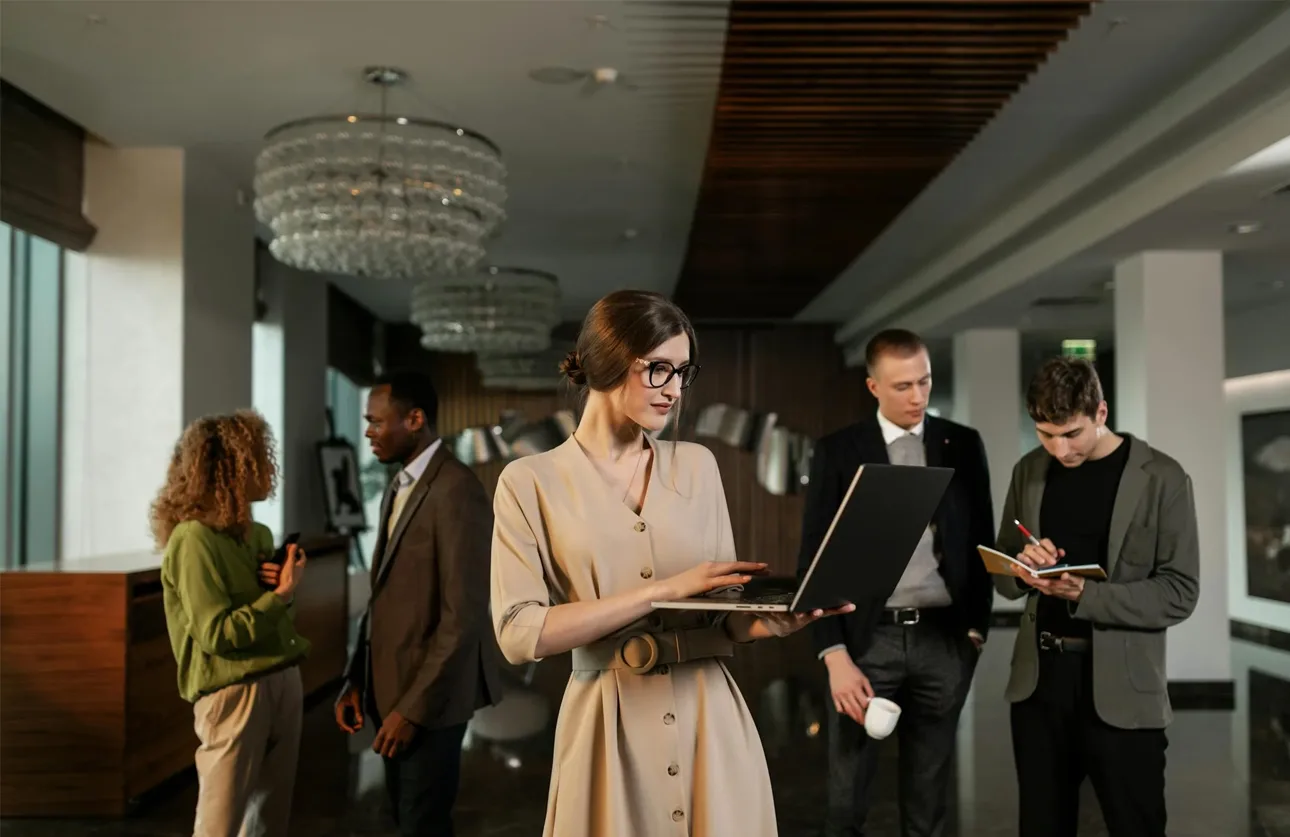Discover how generative AI is revolutionizing creative industries—from design and music to advertising and filmmaking. Explore its impact, opportunities, and future potential.
The Rise of Generative AI: Transforming Creative Industries
The integration of artificial intelligence into creative industries has evolved dramatically in recent years. Among the most disruptive innovations is generative AI—a branch of AI capable of producing original content such as images, music, videos, text, and more. As this technology matures, it is reshaping the landscape of creativity, offering artists, designers, marketers, and content creators powerful tools that augment their imagination and streamline production processes.
What was once the sole domain of human ingenuity is now a collaborative frontier between man and machine.
What is Generative AI?
Generative AI refers to machine learning models—such as Generative Adversarial Networks (GANs), diffusion models, and large language models (LLMs)—that can create new content based on the data they've been trained on. These systems analyze patterns and structures from existing material to generate high-quality, often human-like outputs across various formats.
Tools like ChatGPT, DALL·E, Midjourney, and Runway ML are making generative AI more accessible, even to those without technical expertise.
Redefining Content Creation in Marketing and Advertising
Generative AI is transforming how brands create content. Marketers now use AI tools to draft ad copy, generate product visuals, compose jingles, and even personalize customer experiences in real-time. This automation allows for faster iteration and hyper-personalized campaigns—a significant advantage in today’s fast-moving digital economy.
Moreover, AI-generated content helps teams scale marketing efforts efficiently while freeing up human creatives to focus on strategic storytelling and brand identity.
Revolutionizing Design and Visual Arts
In the field of design, generative AI tools are being adopted to produce stunning visuals, mockups, and even full branding packages. Graphic designers can leverage these systems to explore new styles, color palettes, and compositions that might not have been conceived manually.
For digital artists, AI offers inspiration and collaboration, acting as a creative partner that can instantly interpret and iterate on ideas. In architecture and industrial design, generative models are being used to optimize layouts, explore sustainable materials, and simulate user interactions.
Music and Audio Production Reinvented
Music production has seen a surge in AI-powered creativity. From composing background scores to generating full-length tracks, generative AI is offering new tools to musicians and producers. AI models can analyze musical styles and produce compositions tailored to a specific mood or genre.
This innovation is lowering the barrier to entry for aspiring musicians, while also enabling professionals to experiment with new sounds and streamline their workflow.
Impact on Film and Animation
The film and animation industries are also embracing generative AI to accelerate storyboarding, visual effects (VFX), and even dialogue scripting. AI tools can generate synthetic characters, realistic voices, and environments—enhancing pre-production and reducing costs.
This not only increases production speed but also expands creative possibilities, allowing independent creators to produce high-quality content without large budgets.
Ethical Considerations and Creative Integrity
As generative AI becomes more powerful, ethical concerns arise—particularly regarding copyright, authenticity, and job displacement. Questions about the ownership of AI-generated content, the use of datasets without consent, and the potential loss of human jobs are at the center of the conversation.
Creative industries must address these challenges by establishing clear guidelines, transparency, and ethical use practices to maintain trust and uphold artistic integrity.
The Road Ahead: Collaboration, Not Replacement
Generative AI is not here to replace human creativity—it is here to augment and elevate it. When used thoughtfully, AI can become a co-creator, helping professionals push the boundaries of what’s possible. From ideation to execution, AI-driven tools are enabling faster workflows, greater experimentation, and richer storytelling.
The future of creative industries lies in a harmonious partnership between human emotion and machine efficiency, where imagination is amplified rather than replaced.











